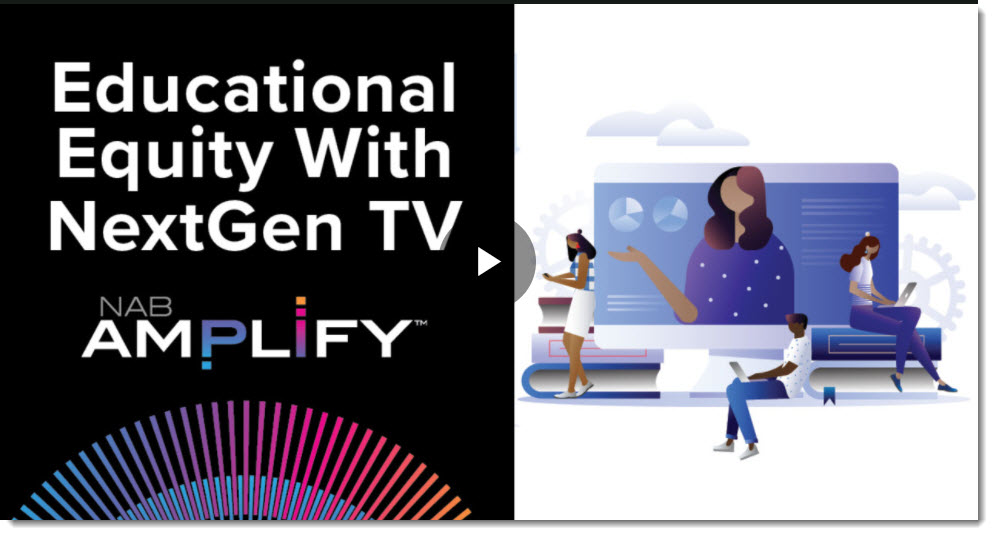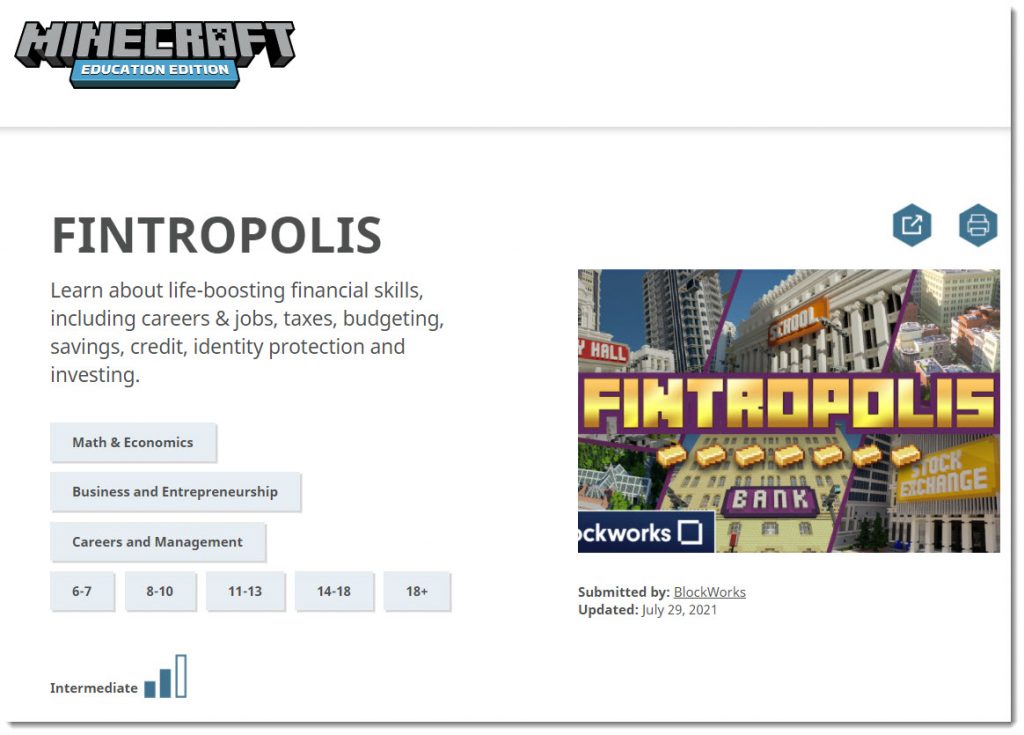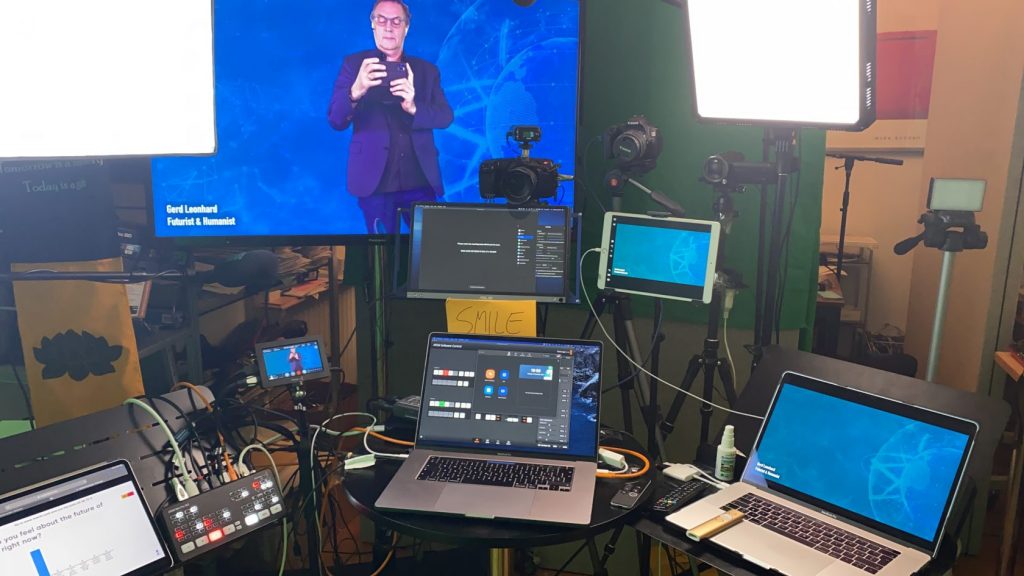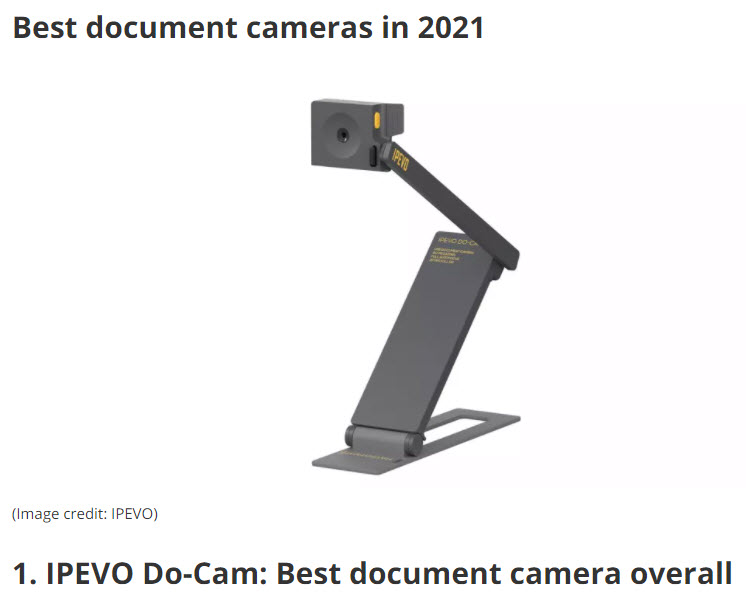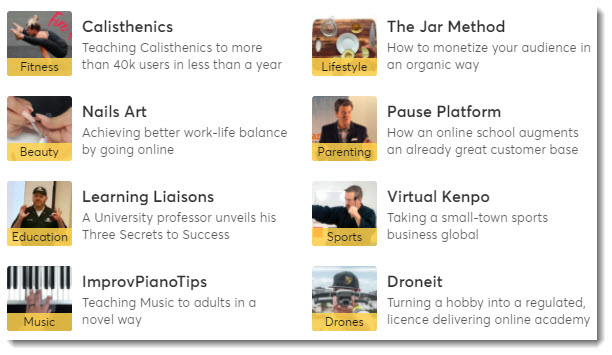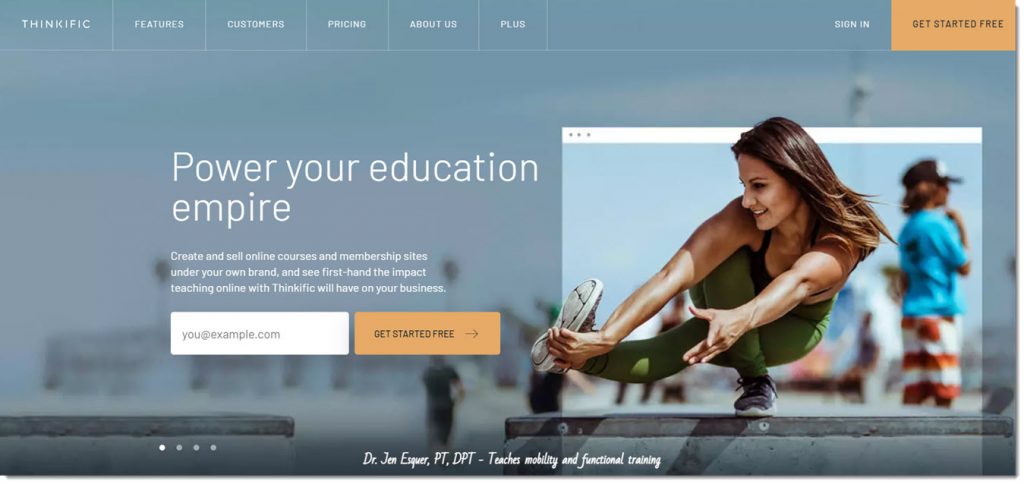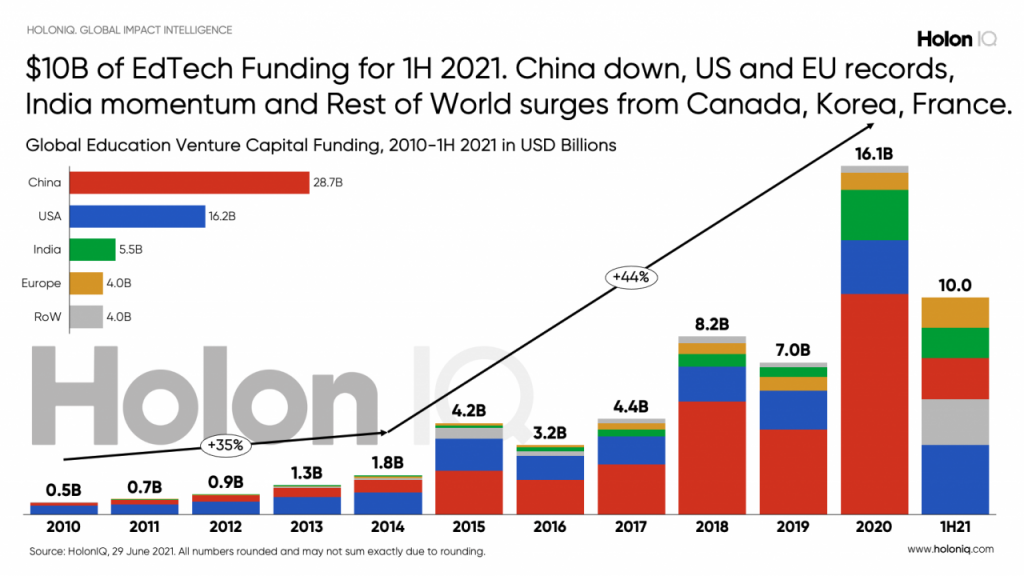Companies are key to solving the digital skills gap — from zdnet.com by Vala Afshar
The digital skills gap is becoming a digital skills crisis. An innovation expert discusses the root cause of what is driving the digital skills shortage and how can companies contribute to closing the gap.
Excerpts (emphasis DSC):
Vala Afshar: When we talk about the digital skills gap, what do we really mean?
Simon Mulcahy: Fundamentally, it’s an issue of supply and demand: a mismatch between the need for a digitally savvy workforce and the availability of workers trained in those skills. Every organization — whether a bank, healthcare company or retailer — is becoming a digital organization. Core digital skills aren’t the purview of a single department but increasingly hard-wired into nearly every job on the planet.
On the flip side, there’s a massive shortage in the skills needed to operate and lead in a digital-first environment. More importantly, there’s no mechanism in place to fix it.
…
VA: What can be done to address this growing gap, and what role should companies play?
SM: We need to revamp the way we deliver education. Of course, we need to build a foundation early on, but there are much better ways to equip people than through exams that don’t evolve to match society’s needs or degrees that force young people into onerous debt.
Instead, we should think of ourselves as lifelong learners. In support of that, we need just-in-time training that’s integrated into our working experience and relevant to wherever we are on our career journey. We need education that’s widely available, simple to access and affordable. It has to be easy to upskill or gain the knowledge we need to divert onto a different path. We also need education to be a lot more personal, matching what an individual needs in the moment.










